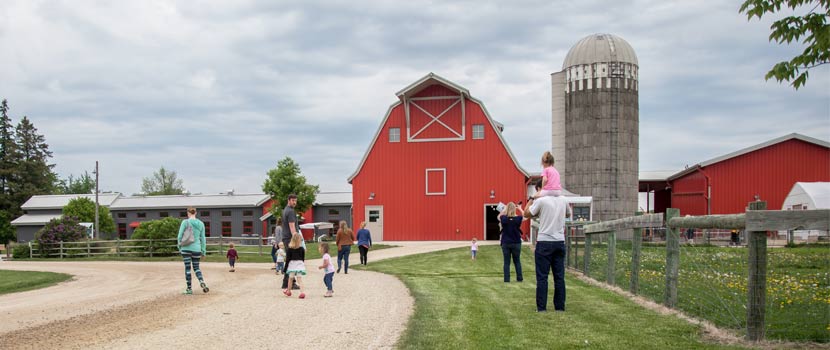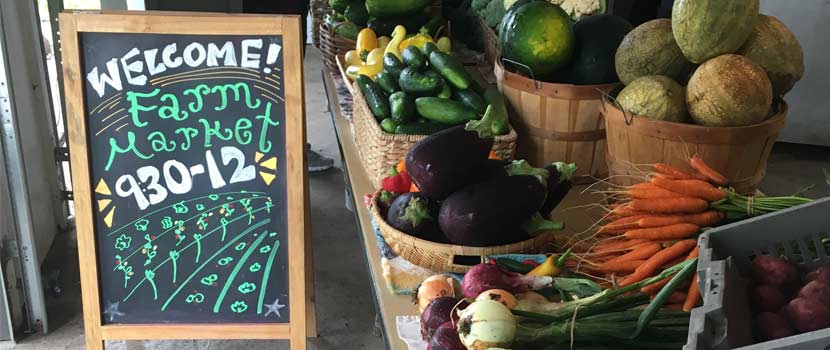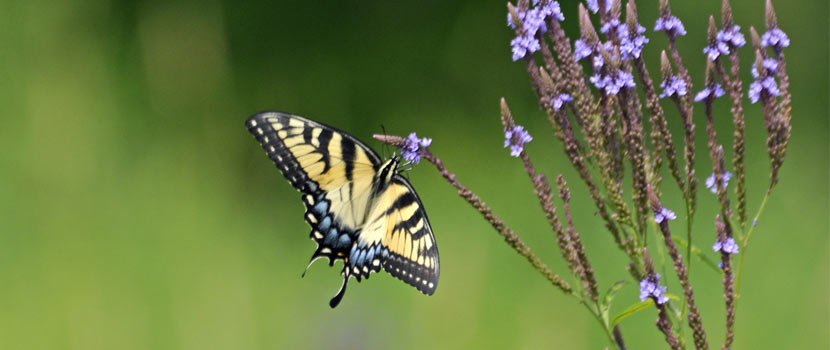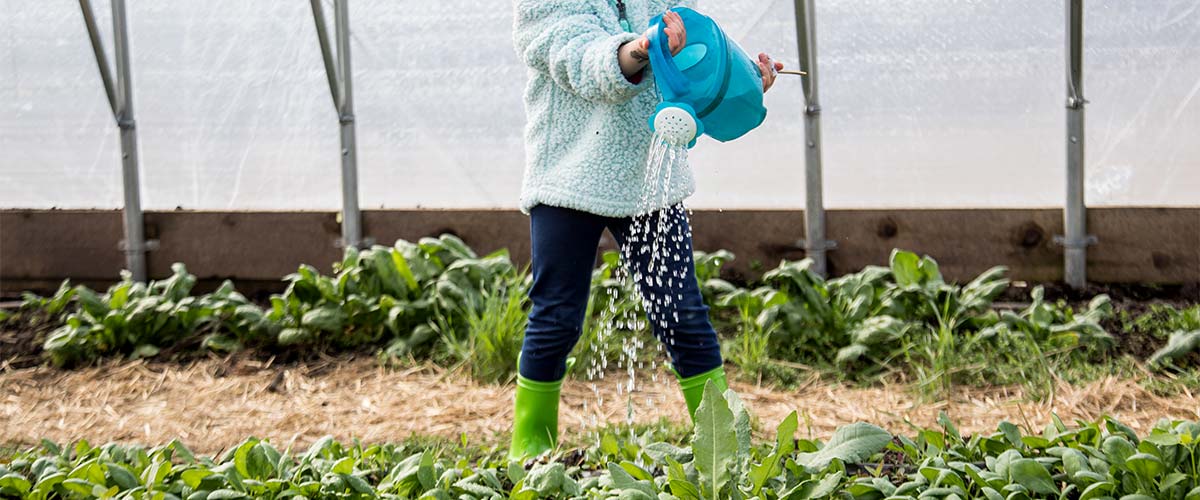
Get Ready to Garden! — A Guide for Beginners
By: Melissa Hochstetler
March 09, 2020
Category: Farm Connections
We’re still frozen in the heart of winter, with slippery roads, snow emergencies and mittens stretching to the visible horizon.
But have you noticed the sun? In mid-February as I write this, dusk has already moved back to 6 PM! The length of day has increased past ten hours, which is a magic number for plants — if temperatures are warm enough, and if there’s a suitable spot, plants can grow again! Buds will start to swell and sap will soon be flowing.
For us humans, that means it’s time to start planning the garden! Most of our garden food crops are annuals, or are treated as annuals. Except for a few, like asparagus, rhubarb and strawberries, we need to start the plants from seed every year. Each crop has slightly different requirements and timing, so a good plan will be your ally in the garden.
New to gardening? Follow these simple guidelines below and you'll be enjoying your own produce in no time.
Start Small
My biggest piece of advice for a new gardener is to start small!
It may be tempting to rototill the whole back yard with visions of an Edenic paradise. But for long-term success, nothing will help you as much as pride in your accomplishments and enjoyment of what you’re doing.
If you start small, your chances of having those feelings increases dramatically, and you can build from there. Even a couple of window boxes are exciting accomplishments when they allow you to eat your own home-grown salad! If you start big and get overwhelmed, you may never go back to gardening.
Consider Your Favorite Foods
Most of the point of a garden is to have tasty food, with perhaps some beautiful flowers thrown in. So think first about what you like to eat.
A garden can increase the amount of fresh food that you eat, and it’s good to start with things that you already enjoy.
If you have kids, think about them, too. Pea pods and cherry tomatoes are yummy snacks that you can graze on as you pass through the garden. Carrots are accessible and delicious.
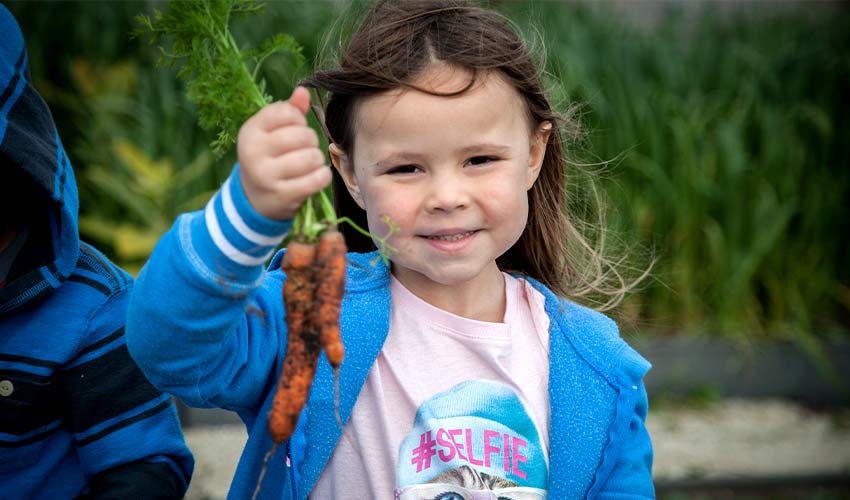
In addition, you might choose to try a couple of crops that are expensive in the store. A red bell pepper is extra tasty when you nurtured it to maturity on your own, and a few green bean plants can save you a sum at the grocery store.
Location, Location, Location
Where will your garden be placed? We eat plants, but plants eat the sun. If your yard is shady for most of the day, you may never get plants that are robust and productive.
In that case, you may want to look for another site, like a community garden, that is nice and sunny. Community gardens are also a good option for folks who live in apartments, or who don’t have access to land.
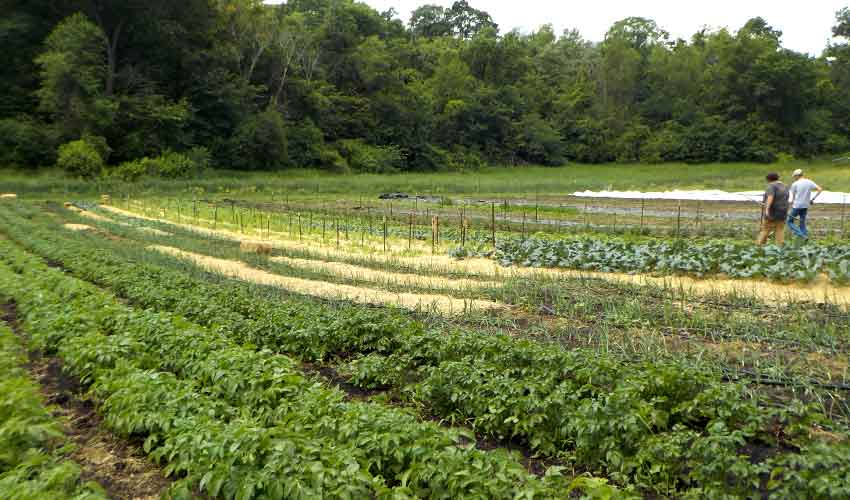
Ideal Places for Planting a Garden
If you are looking at your yard, you can be creative in placing your garden. It doesn’t have to be a big rectangle in the middle of the yard.
- The side of the house often is a warmer environment, and can be planted earlier (beware of the drip line from the roof, however.)
- The boulevard may be the sunniest spot.
- A fence can provide support for tall plants.
And your garden plants don’t need to be all together in one place. You can disperse them as part of your landscaping.
Keep in mind that the sun will slant in slightly from the south. Spend some time in the yard at different times of day, noticing which spots are sunny and shady—and keep in mind that the sun will be higher overhead in the summer.
Building Your Garden
Many people assume that a garden should be raised beds. Raised beds are useful when your soil is wet or contaminated. They also make a tidy-looking garden. But if your soil tends to be dry, raised beds may make that problem worse—they drain more quickly than the ground-level soil.
And if you don’t have the time or skills to build them, it doesn’t mean that you can’t garden.
If you are putting a new garden into the ground, you will need to find a way to get rid of the plants that are already there. Renting a sod-lifter is a good way to get rid of grass.
If you’re starting with a small area, a potato digging fork may be all that you need, and digging up the soil can replace your trip to the gym for the day.
If you’re planning far ahead, a lasagna garden – which layers cardboard, compost, and mulch for several months – is an excellent way of starting a garden without renting any equipment.
The Benefits of Compost
Regardless of your style of gardening, you should think about the soil. Especially in cities, soil around houses is often very poor, and needs considerable amending to give the plants the nutrients that they need.
Compost is your best bet—it contains lots of nutrients and organic matter. Magically, compost will both increase your drainage if you have tight clay soil, and hold on to water to make it available to plants if you have sandy soil.
Compost looks like dark, fertile soil, and does not stink if it is made correctly. Don’t be afraid to use a lot. The Mulch Store is a good source, and many cities and towns offer composted leaves that they collected in the fall.
If you are filling raised beds, a combination of compost and soil is a good idea. Buying compost in plastic bags won’t get you enough for more than a few plants in pots—consider borrowing a truck, or getting a delivery.
All of this pre-work comes before you even get to plant any seeds! It’s another reason to start small and build through the years.
Planting Basics
Once you get to the point of having a garden to plant into, there are two main questions for each kind of plant: Will a frost kill it? And should it be transplanted or directly seeded? Seed packets and the internet are good sources of information to answer these questions, and you’ll pick up more knowledge as you search.
If a plant will be killed by a frost, you should wait until mid-May to plant, and look at the weather forecast before you do. Carrots, spinach, radishes, potatoes, peas and some others can be planted earlier, and taste so good in the late spring when you feel like you’re dying for something fresh.
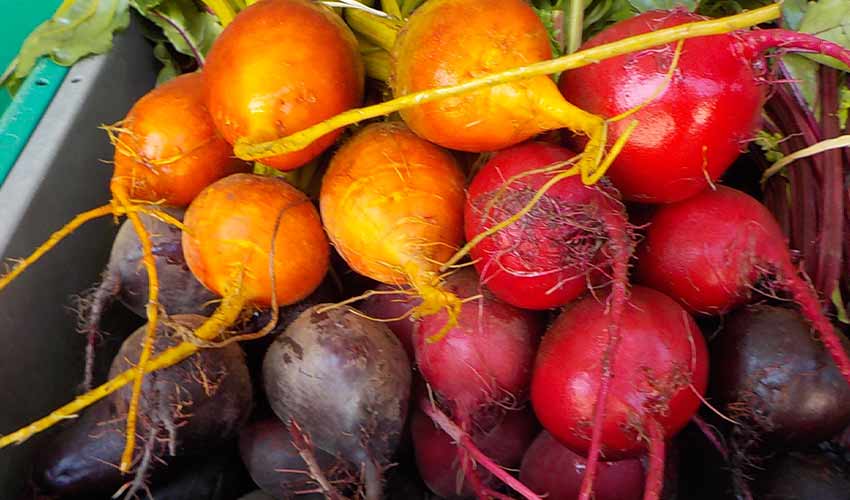
Tomatoes, peppers and beans are examples of frost-sensitive plants that call for patience—wait until the weather is warm.
Should I Start with Seeds or Transplants?
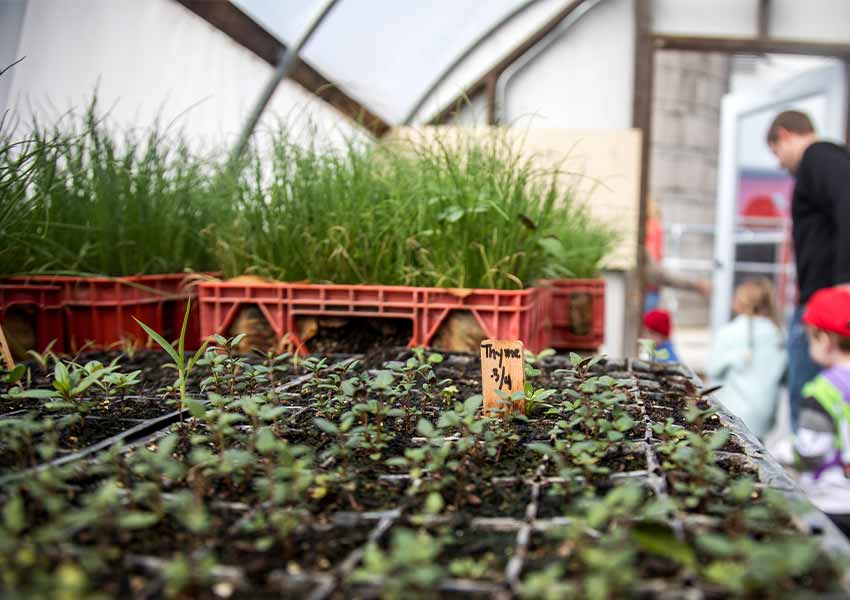
If you are a new gardener, I recommend buying transplants from a grower.
Starting seeds indoors is a fun project, but it can be hard to get enough light in your house to start a good sturdy transplant. A greenhouse is well equipped for this, and you can buy just the plants that you need.
However, the danger in some greenhouses is that you will buy plants that have been in the pot for too long and are rootbound. A rootbound plant can take a long time to start to grow.
Plants in large box-stores, and some larger greenhouses, have also often been treated with insecticides that you may not want in your garden. An especially distressing class of pesticides are called neonicotinoids. Plants take these pesticides into every cell of their bodies (including the pollen) and this will harm the bees that visit your plants.
I recommend buying your transplants from small greenhouses (including Gale Woods Farm) that can assure you that they are neonicotinoid-free.
Once you have your garden, your soil, your seeds and your transplants, you’re ready to garden! You can begin your journey of planting, weeding, watering, worrying about the weather and most importantly—eating!
Grow With Your Garden
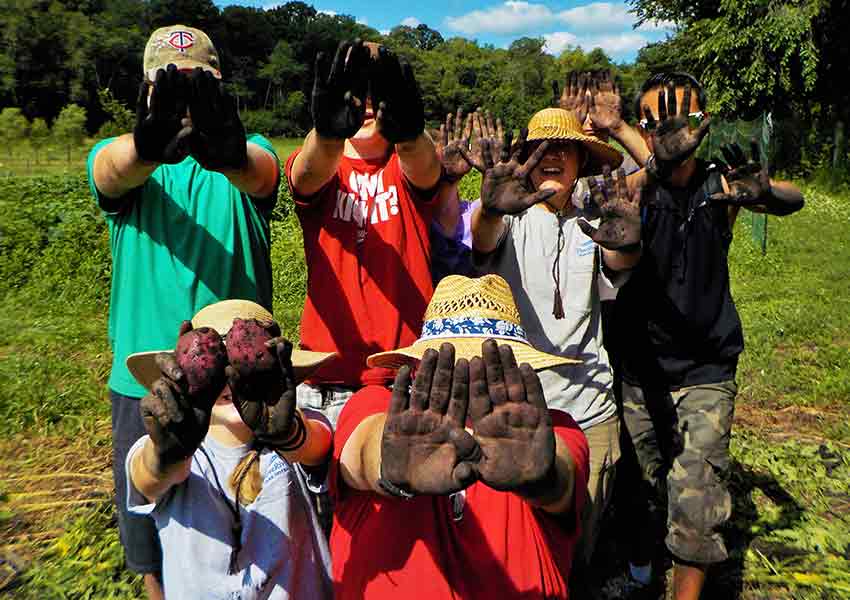
A garden is a complex place. The sun, the soil, the rain, the temperature and the other creatures that may want to help themselves to your veggies all present a challenge.
As you plan your garden, try to remember that it’s not going to be perfect, and that you can continue to learn and grow along with your garden.
People who have been gardening for decades don’t get bored with it, because they continue to feel challenged to try new things and to keep learning.
Most of all, remember to enjoy yourself! This is a golden opportunity to be outdoors and to connect with nature, and the rewards are delicious!
About the Author
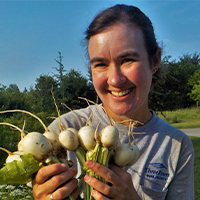
Melissa Hochstetler has been managing the vegetable gardens at Gale Woods Farm in Minnetrista for the past 15 years. She grew up in Kansas, but had to move away from wheat country before she realized that farming includes small-scale sustainable vegetable production. She is passionate about soils and sustainability.
Related Blog Posts
Gale Woods Farm is a unique part of Three Rivers Park District. Learn how the farm came to be and how farming and environmental stewardship go hand-in-hand.
Why September Is Sweeter at the Farm Market
By: Tim Reese
Early fall is peak harvest time in Minnesota. Learn why some vegetables taste sweeter later in the season, how to store them during winter, and when to stop by Gale Woods Farm in Three Rivers to stock up on the season's bounty.
5 Ways to Celebrate Earth Day
By: Alyssa Schauer
Happy Earth Day! This national holiday gives a voice to the environment and implements an emerging awareness about the effects of human impact on the planet. Find 5 ways to celebrate Earth Day today and every day.
